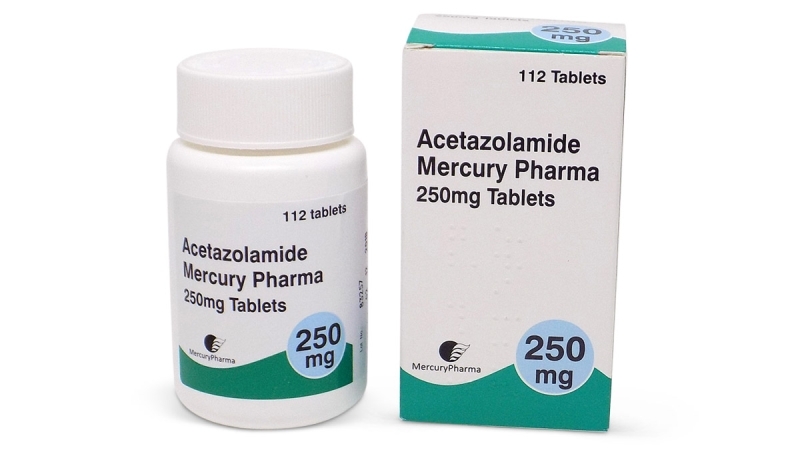Altitude sickness, also known as acute mountain sickness (AMS), occurs when a person ascends to high altitudes too quickly, resulting in a shortage of oxygen. Common symptoms include headache, nausea, dizziness, fatigue, and shortness of breath. In severe cases, it can develop into high-altitude pulmonary oedema (HAPE) or high-altitude cerebral oedema (HACE), which are life-threatening conditions that require immediate medical attention.
Acetazolamide is a medication frequently used to prevent and treat altitude sickness. It works by causing a mild metabolic acidosis, which stimulates breathing and improves oxygen intake. Typically, it is started one or two days before ascending and continued during the stay at high altitude. The usual dose is 125 mg twice daily, but this can vary based on individual needs and medical advice.
Using acetazolamide can reduce the symptoms of AMS and help the body adapt to high altitudes more quickly. However, it may cause side effects such as increased urination, tingling sensations, changes in taste, or, rarely, allergic reactions. It should be used under medical supervision, especially in people with kidney problems or allergies to sulfonamides.
It is important to remember that acetazolamide is not a substitute for gradual ascent and proper acclimatization. Maintaining good hydration during use is also essential. Overall, acetazolamide is an effective tool to help prevent altitude sickness when combined with safe ascent practices.
Acetazolamide treatment for altitude sickness is an unlicensed medication. This means that it is usually prescribed for the treatment of other conditions such as glaucoma and fluid retention. There is however scientific evidence that Acetazolamide is effective for the treatment of altitude sickness and it has long been prescribed for this. Your doctor will only prescribe Acetazolamide if they think it is safe to do so and they will provide detailed instructions on how to take this medicine.
The typical dose of acetazolamide for preventing or treating altitude sickness is usually 125 mg taken twice daily. This regimen often begins one or two days before ascent and continues during the period at high altitude.
However, the exact dose and duration should be determined by a healthcare professional based on individual circumstances, such as age, health status, and the altitude reached. Always follow your doctor's instructions for safe and effective use.
Acetazolamide can cause a range of side effects, although not everyone experiences them. Here are the detailed potential side effects:
Common Side Effects:
- Increased urination (frequent need to urinate)
- Tingling or numbness sensations, particularly in the fingers and toes
- Altered or metallic taste (often described as a sour or bitter taste)
- Mild nausea or stomach upset
- Headache or dizziness
Less Common Side Effects:
- Fatigue or weakness
- Loss of appetite
- Sleep disturbances, including drowsiness or insomnia
- Dry mouth or strange taste sensations
Serious Side Effects (rare, but require medical attention):
- Allergic reactions such as skin rash, itching, swelling, or difficulty breathing
- Severe dizziness or fainting
- Signs of electrolyte imbalance, such as muscle cramps or irregular heartbeat
- Dehydration due to excessive urination
- Liver or kidney problems, indicated by jaundice or changes in urine output
Warnings for using acetazolamide include:
- Do not use the medication without medical advice, especially if you have kidney or liver problems, electrolyte imbalances, or allergies to sulfonamides.
- Use with caution in people with diabetes, as it can affect blood sugar levels.
- It may cause dehydration due to increased urination, so maintaining adequate fluid intake is important.
- Be aware of possible allergic reactions, which can include skin rashes, swelling, or difficulty breathing—seek immediate medical help if these occur.
- Use caution if you experience dizziness, drowsiness, or visual disturbances, as these can affect your ability to perform tasks like driving.
- It is not a substitute for proper acclimatization; gradual ascent and other preventive measures are essential.
- Always follow medical guidance on dosing and duration of use to avoid adverse effects.
- Keep the medication out of reach of children to prevent accidental ingestion.





